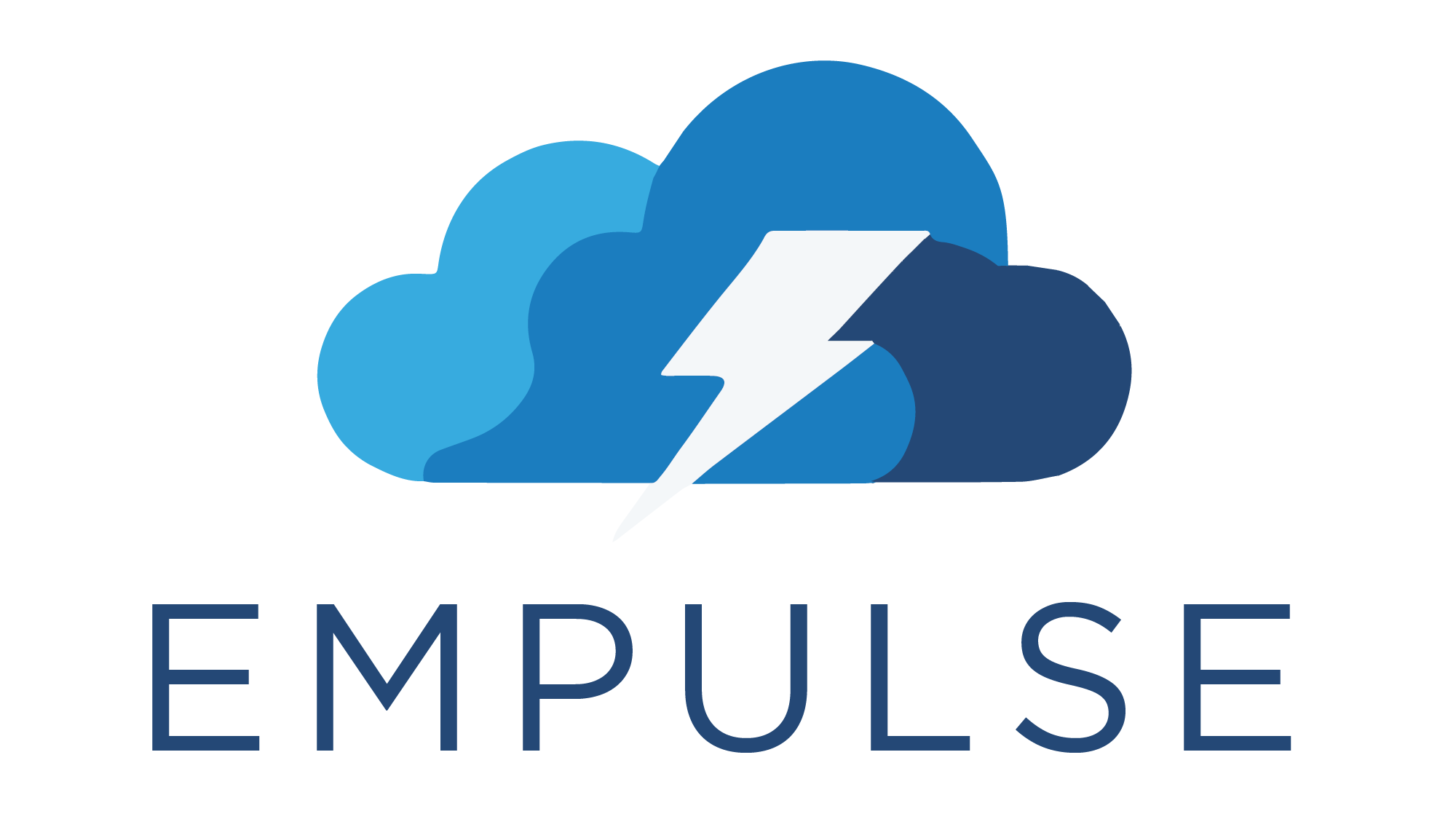1.3. Use your custom metric inside a model#
Once you have defined your own cost-sensitive or value-driven metric using the empulse.metrics.Metric class,
you can use it inside the Empulse models.
The supported models are able to convert your custom metric into a loss function
that can be used during training which is appropriate for the model type.
For example defining a custom metric and using it in a model can be done as follows:
import numpy as np
import sympy
from empulse.metrics import Metric, Cost, CostMatrix
from empulse.models import CSBoostClassifier
from sklearn.datasets import make_classification
X, y = make_classification(n_samples=1000, n_features=20, random_state=42)
clvs = np.random.uniform(100, 200, size=y.shape[0])
clv, d, f, gamma = sympy.symbols('clv d f gamma')
cost_matrix = (
CostMatrix()
.add_tp_benefit(gamma * (clv - d - f))
.add_tp_benefit((1 - gamma) * -f)
.add_fp_cost(d + f)
.alias('accept_rate', gamma)
.alias('incentive_cost', d)
.alias('contact_cost', f)
)
cost_loss = Metric(cost_matrix, Cost())
model = CSBoostClassifier(loss=cost_loss)
model.fit(X, y, accept_rate=0.3, incentive_cost=10, clv=clvs, contact_cost=1)
y_proba = model.predict_proba(X)[:, 1]
The table below summarizes the Empulse models that support custom metrics:
Model |
|||
|---|---|---|---|
✅ |
✅ |
❌ |
|
✅ |
✅ |
❌ |
|
✅ |
✅ |
❌ |
|
✅ |
✅ |
❌ |
|
✅ |
✅ |
❌ |
|
✅ |
✅ |
✅ |
|
✅ |
✅ |
✅ |

